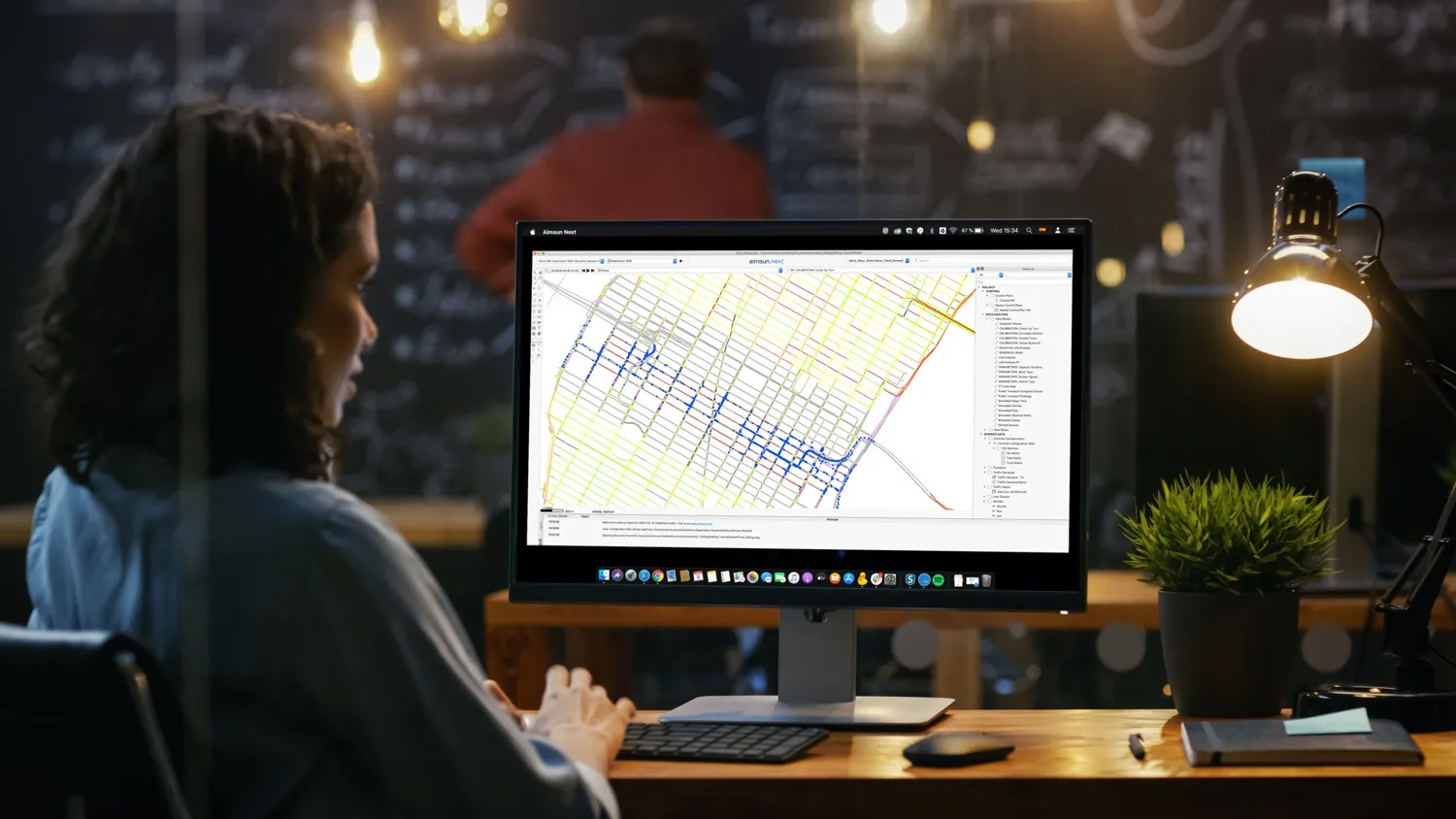
The Next Viewer, available from version 8.4 of the software onwards, allows third parties to share and check mobility model simulation results remotely or to retrieve data from a previous execution of any Aimsun Next model.
They will only be able to see – not change – the results.
Once the Viewer is installed, people can receive Aimsun Next.ang files for viewing, and the database where the outputs are stored.
They can also be sent the .arf file for replaying a simulation and the .apa file for viewing routes.
“From a consultancy perspective this is really exciting,” says Paolo Rinelli, global head of product management at Aimsun.
“The Viewer will save so much time and effort: if project owners have a direct window into the transport modelling team’s progress, it gives them more agency in analysing outputs, which in turn enables closer involvement, better communication during a project, and a more efficient workflow.”










